In the mountains of the driest state in the U.S. lives a large mammal most commonly associated with wetlands and willows.
Moose migrated on their own to Nevada’s Jarbidge Mountains decades ago, and since then, their numbers have steadily increased. Their success isn’t because they learned to survive in hot, dry places, but because the massive, warm-blooded animal covered in dark brown fur found wet, cool microhabitats where they could make a living.
Moose aren’t alone in their dependence on microclimates, says Mark Anderson, The Nature Conservancy’s director of conservation science for the North America Region.
“We all experience climate very locally,” says Anderson. “Plants are the most tuned in, but almost all of nature is tuned into microclimates.”
As a result, if any living being, from bacteria to large mammal, occupies an area with abundant microhabitats, it will have more of a buffer from broader changes in temperature and precipitation.
More microclimates—more variation in everything from rock formations to vegetation—the better species will be able to survive the current and future climate crisis.
What A Moose Wants
Nevada moose biologists understand why people are puzzled by the species’ success in a state known for baking deserts and luxury casinos.
But northern Nevada boasts mountains with rivers (albeit limited ones), aspen stands, willows, and meadows able to support the 800-pound creatures. Nevada Department of Wildlife biologist Cody McKee guesses moose arrived in the state from southern Idaho and lived in relative isolation until the last decade when their numbers exploded from about 55 moose observations a year to over 150.
“If you look back at historical expansion of moose, they were the newest deer species and the most recent to cross the Bering Land Bridge,” McKee says. “They are still expanding into suitable habitat in that post-glacial retraction.”
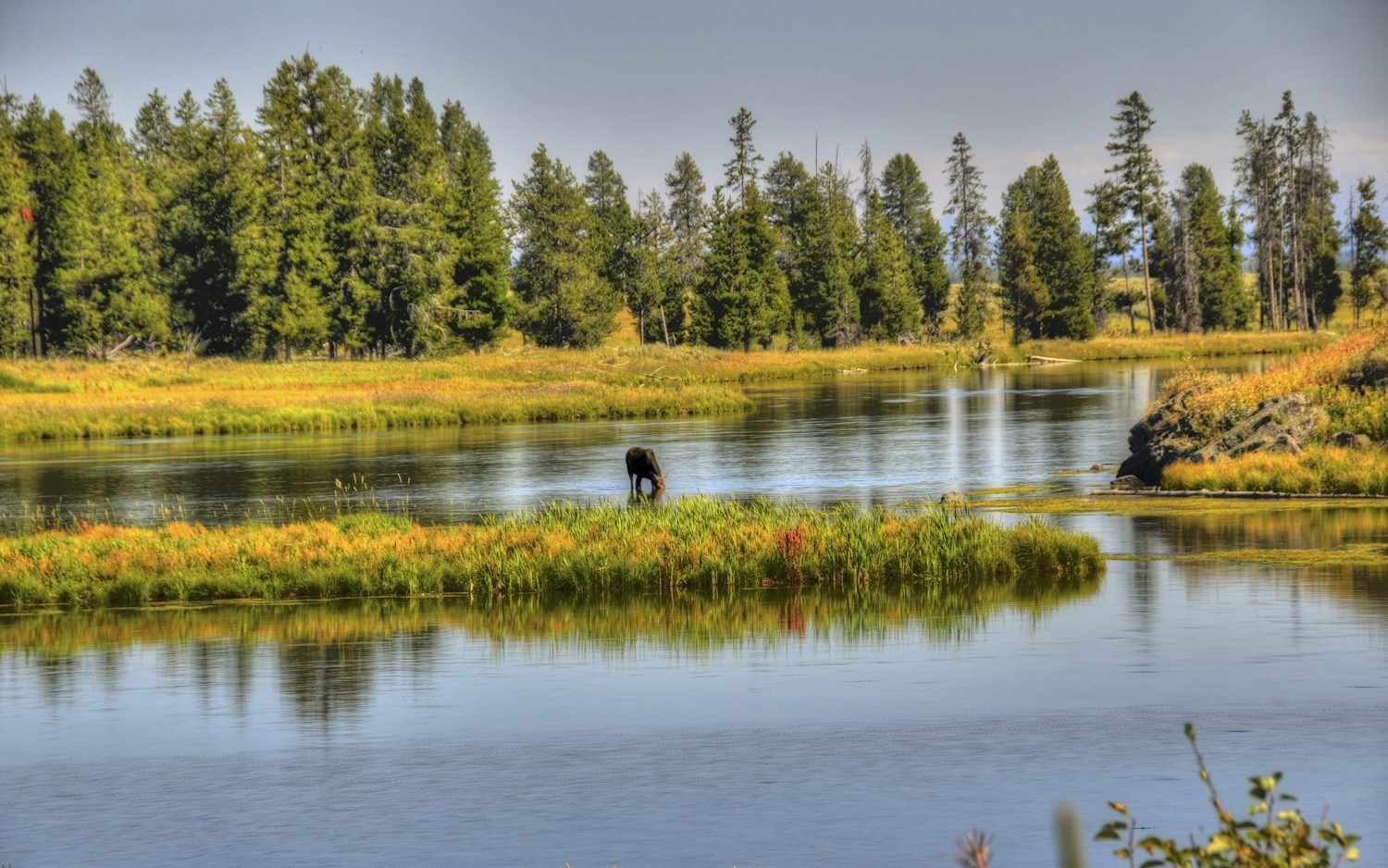
Their existence in Nevada is one of the best examples of the importance of microclimates, because what moose need is more commonly associated with Alaska than Nevada.
Moose require not just good food from willows and other shrubs, but they also need wet soil and shade for reprieve from the heat of the day, says Rebecca Levine, a University of Wyoming research scientist.
It’s because moose, unlike elk and deer, have few options for staying cool. First, they’re bigger bodied, which makes it harder for them to shed heat. Second, and perhaps even more importantly, moose don’t sweat. If they begin to overheat, their only option to drop their internal temperature is to find a cool place or pant (and panting is not a great option if you consider the surface area of a moose tongue compared to the entire animal).
“On a hot day, you might not see moose die directly from heat, but heat is death by a thousand cuts for them,” Levine says.
An overly hot moose is a stressed moose that could be more susceptible to parasites and disease from creatures like ticks. Heat also makes moose—much like humans—lethargic and less interested in eating, which also weakens their immune systems and gives them less energy to survive an upcoming winter or reproduce and care for young.
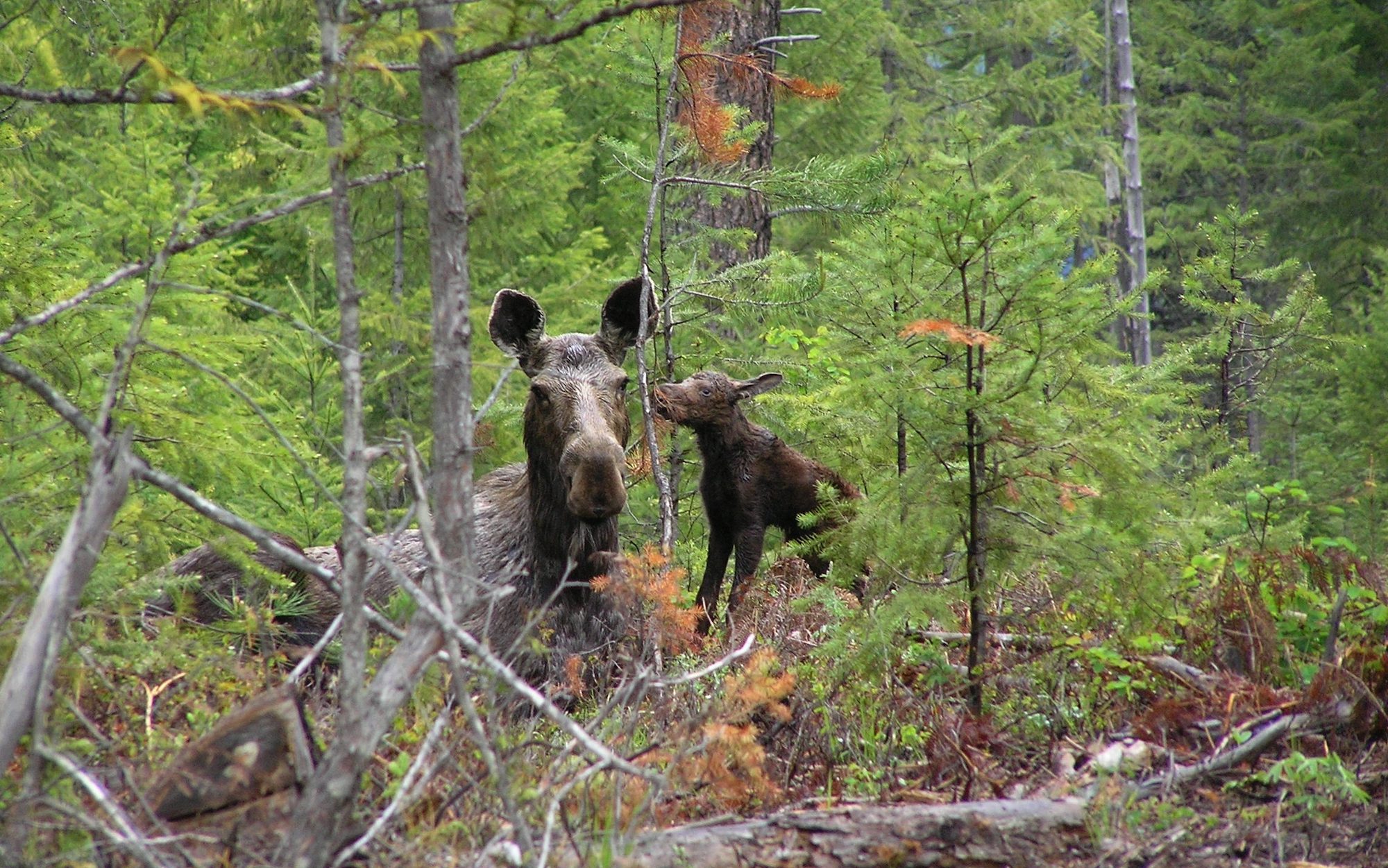
But how does understanding microclimates differ from simply identifying what a creature likes to eat and where it wants to spend time?
If we say moose live in river bottoms because they like to eat willows, we’re ignoring an important piece of moose ecology, says Kevin Monteith, a University of Wyoming professor.
Moose can eat plenty of other vegetation than just willows. They choose river bottoms because those areas provide food and climatic refuge in the form of wet soil and cool shade.
“We don’t know how to improve moose habitat if all we’re doing is targeting their food and we fail to see part of their habitat requirements,” he says.
Essentially, figuring out how animals regulate their body temperature and find food can help target future conservation efforts.
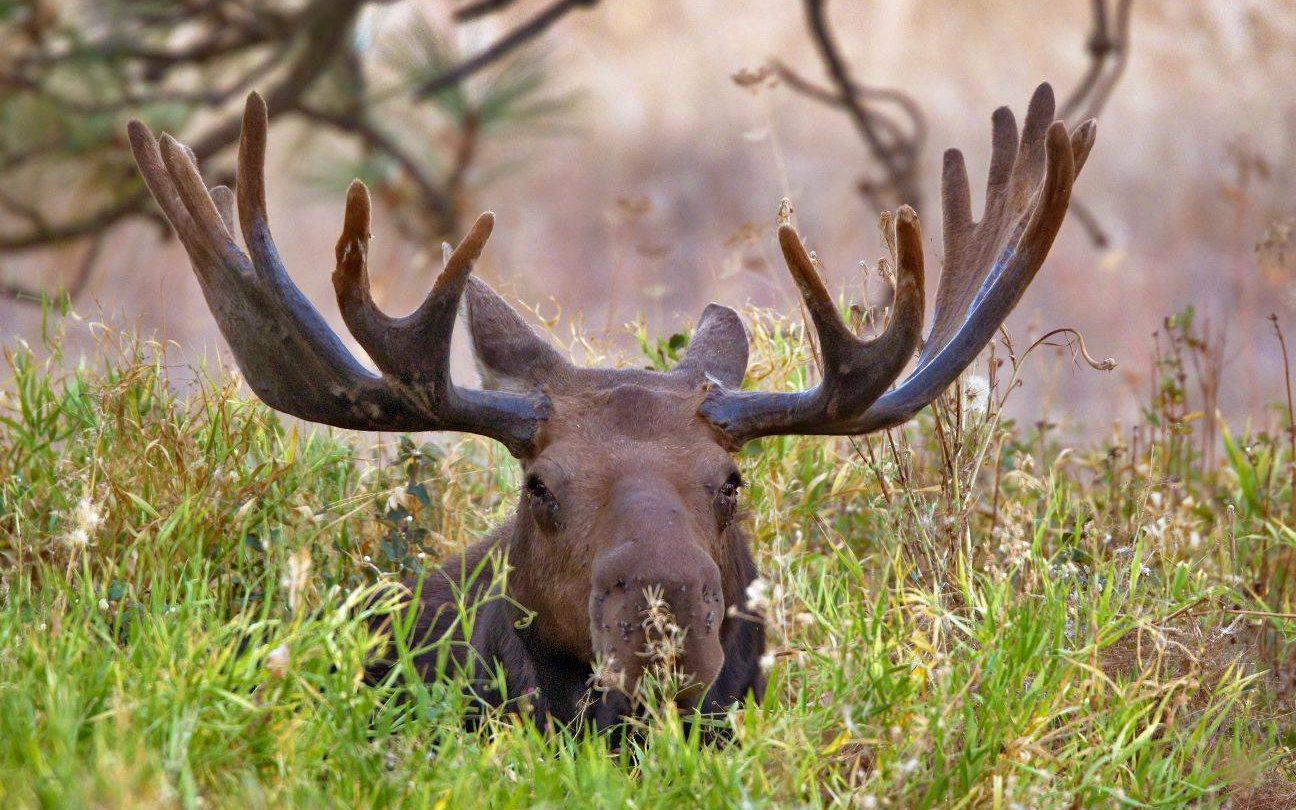
When A Pika’s Refrigerator Thaws
Nestled among rocks high above the wet, shady microclimates where moose call home, live a 6-inch tall, little brown lagomorph with satellite dishes for ears and a penchant for building hay piles.
American pikas live throughout mountains in the West, and like the polar bear or wolverine, have been called harbingers of climate change. They’re a species that relies on abundant forage they store and eat throughout winter and enough snowpack to insulate their chilly homes.
They’re a remarkable animal, largely because of their ability taking advantage of temperature-controlled microclimates on harsh, wind-swept mountain slopes.
And the conditions that support many of those microhabitats are in danger, says Erik Beever, a USGS Northern Rocky Mountain Science Center research ecologist, not from habitat fragmentation or introduced disease, but from climate change.
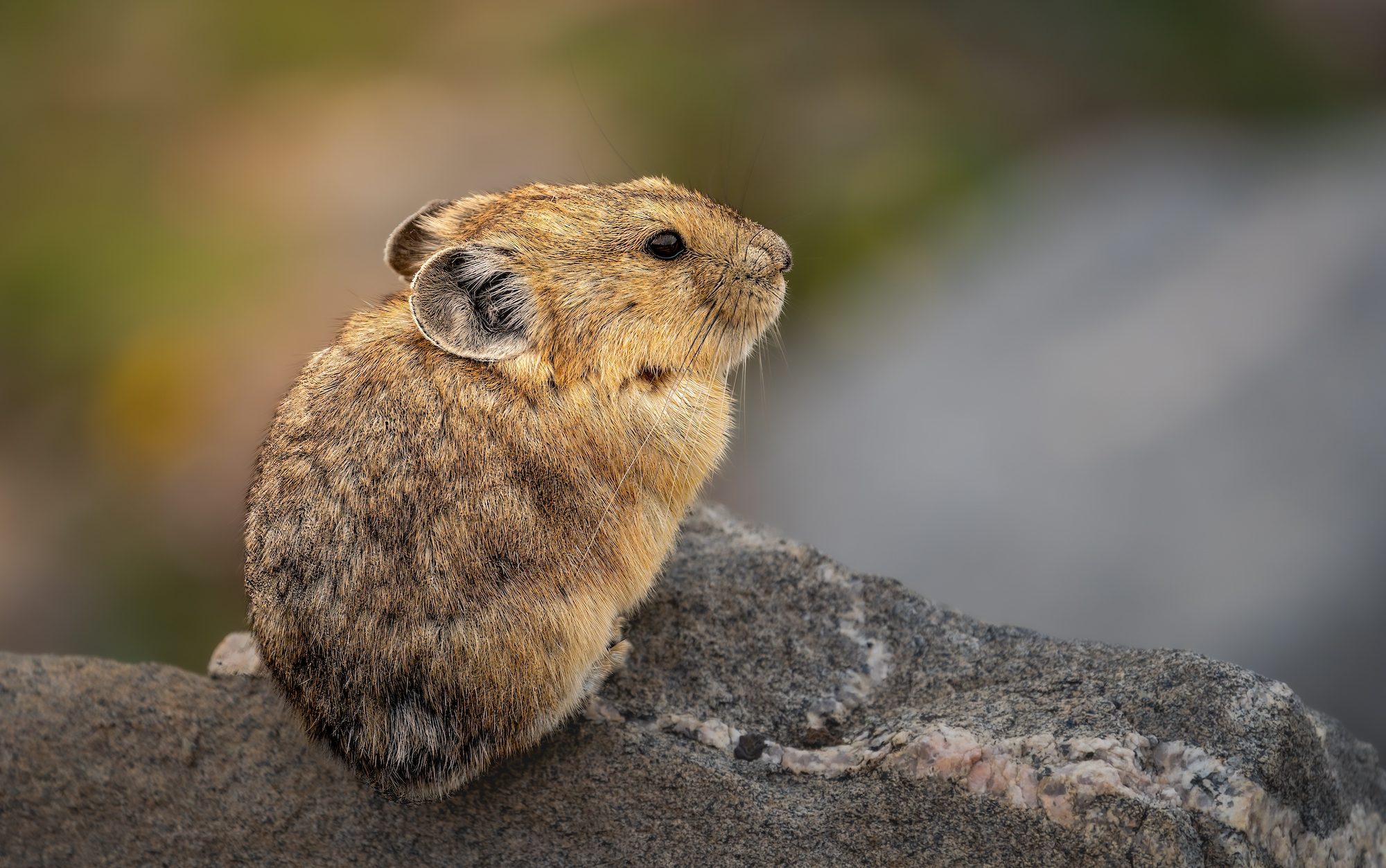
Beever has spent years walking talus slopes scanning for pika homes. He’s found hundreds or even thousands of perfectly good pika houses, may with evidence of old pika dens, that were not being used.
Problems for pikas are multipronged: Either the surrounding forage dries up and disappears, snowpack thins to the point where pikas freeze in the winter, the subsurface ice underneath many talus slopes thaws, getting rid of their natural air conditioning, or they can’t find enough water.
A pika’s resting temperature is around 104 degrees Fahrenheit. On average, warm it up by 5 degrees and the creature dies of heat exhaustion. Cool them down by much, and they freeze.
“The take home message is that conserving things like moss cover and caves and north-facing aspects and structurally complex habitats are really important for conserving species like this that are climate sensitive,” Beever says. “The challenge I would say is that we don’t know how fast conditions in those microrefugia are changing, and if they’re changing at the same speed as the regional climate, more slowly or more quickly.”
But at least in some places, those kinds of microhabitats may actually be what provide a buffer from larger climatic changes.
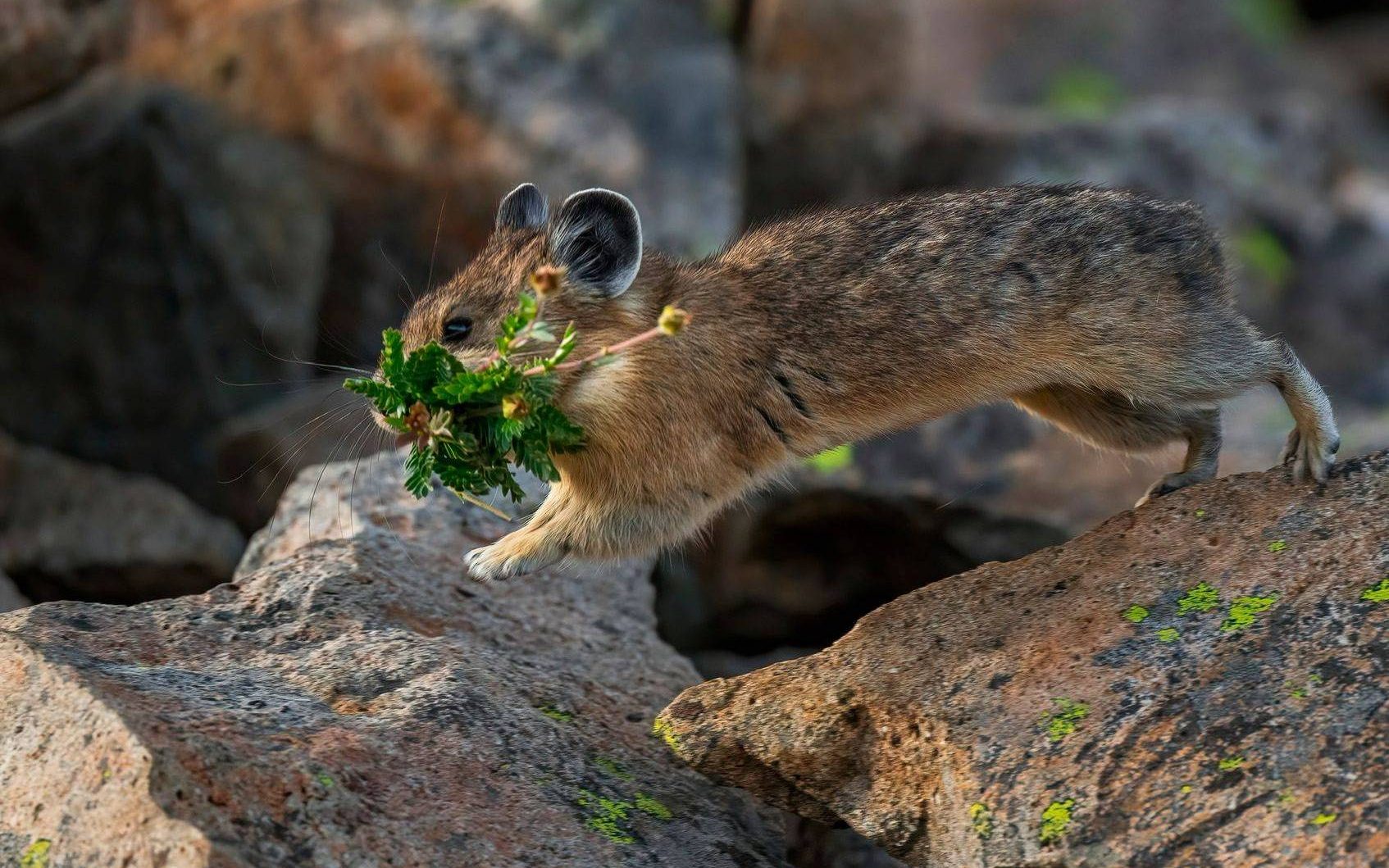
Mapping Microclimates
Look at a map of the U.S., and the bulk of the obvious microclimates sit in the same places as mountain ranges. It makes sense, Anderson says, because with mountains come variations in temperature, humidity, elevation, and vegetation. But mountains aren’t the only spots teeming with microclimates, and as a result, species.
Take the southeastern U.S coastal plain, which may look flat from the air, but up close is an endless series of river bottoms and interludes.
“That’s where the resilience is built in,” he says.
And he should know. Anderson has spent the last 15 years making maps for TNC that highlight the country’s microclimates, the areas where butterflies and bumblebees, spruce trees and salamanders, and moose and marmots make their homes.
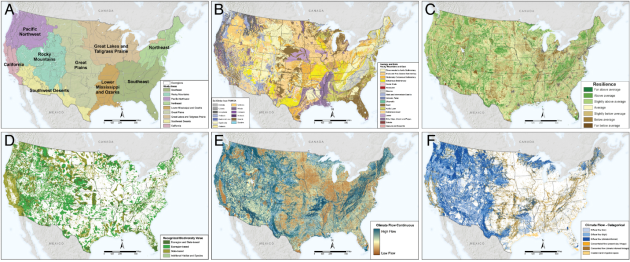
Those are the climate-resilient lands. The ones where if a species gets too hot, it can find shade under a rock or a tree, or if a species is too cold it can find an open, south-facing slope to access the sun. A moose, for example, could wander from one marshy meadow to another, or a butterfly larvae could scoot 20 or 30 feet to chase the sun.
But we don’t have to be researchers to understand the importance of variation. Take a thermometer outside on a midsummer day and the soil temperature between various spots on a landscape could vary by 15 degrees depending on the topography.
These kinds of differences will allow species to thrive in a changing future. It’s also, at least in part, why winding, undammed rivers foster and breed more abundant species than narrow, channelized ones.
The maps of microclimates—from dramatic Rocky Mountains to the Alabama coastlines—give Anderson hope for the globe’s biodiversity. We’re rapidly losing species, but by protecting and connecting microhabitats, we might give those species that remain at least a little bit of a buffer in the face of warming temperatures and fluctuating precipitation.
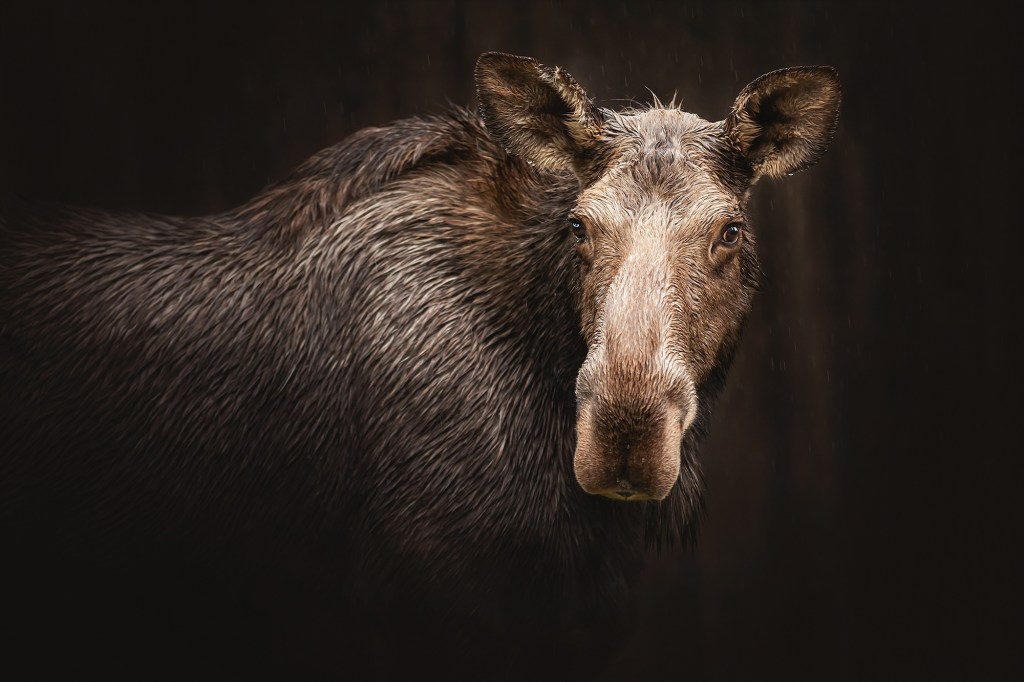



Join the Discussion